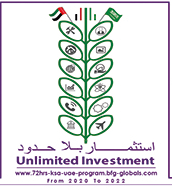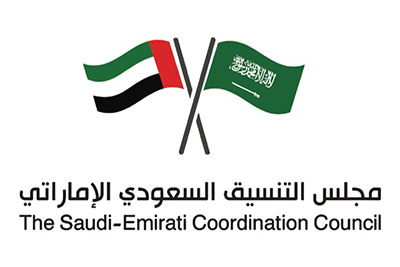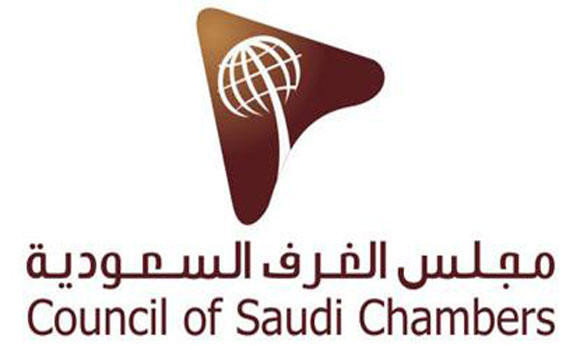شخصية اليوم أحدث الأخبار
The updated Aramco disclosures understate the company's carbon footprint

Visual Archive

A deal is finalized to establish the headquarters of IATA in Saudi Arabia

Masdar will construct a solar project worth $174m in Armenia

REDTAG presents a new fashion and homeware range to amaze Eid al Adha shoppers

Yanbu Port gets the first shipment of wheat for the Saudi Grains Organization

At Yanbu, Aramco Trading Company begins bunkering operations

In Al Manhal, Abu Dhabi opened a COVID-19 drive-through servicing centre

Sadara has received its second batch of student interns

To support needy families through the 'Ehsan' platform, Almarai signs MoU with SDAIA

LuLu presents the largest culinary extravaganza, "World Food 2021"

Masdar's environmental innovation shows through with solar installations in Iraq

SITA is now on track to be carbon neutral by 2022

The Emirates Development Bank, NBQ, would facilitate for SMEs to obtain funding

Mubadala's GF breaks ground in Singapore on a new $4 billion fab

SPC Free Zone and Saeed join forces to strengthen Sharjah's business ecosystem

Aramco has completed a $12.4 billion infrastructure deal with a global investor consortium

Aramco will Launch a countrywide roadshow to identify and fund the next gen l Saudi start-ups

The Al-Murjan Group has launched a blood donation drive

Enoc Link will supply over 1 million litres of fuel to the Expo 2020 Dubai fleet

The new organizational structure of CBUAE has been approved

For outstanding commitment to advancing sustainable building solutions, SPARK receives US Award



 ENG
ENG


























































تواصل معنا